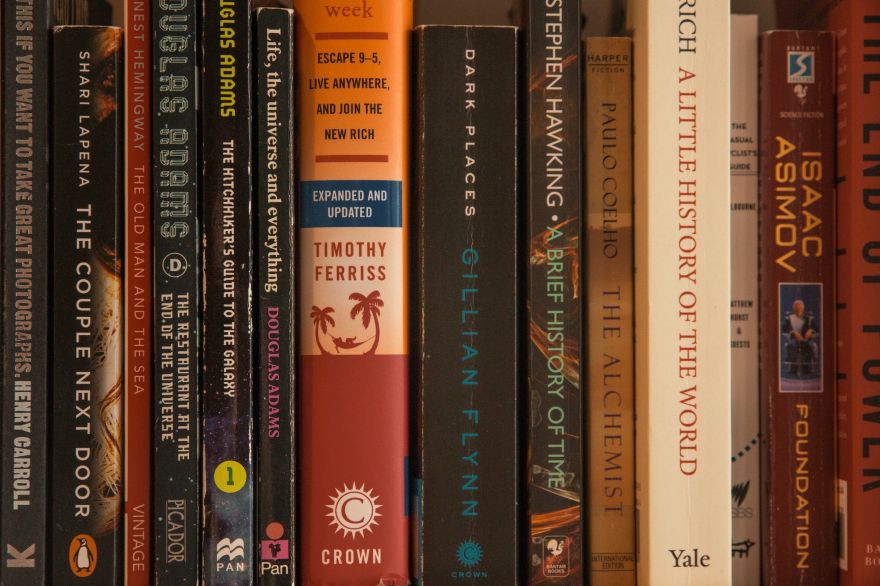The phrase has been used over and over in films, TV, and in daily life that there's no question as to the meaning of "Roger that." But how it all started will take us back to the 1920s, when radio became a more widespread means of communication.
These days, we have the NATO phonetic alphabet which helps us avoid miscommunication, because it adds clarity. Whenever one is asked to spell a word or a name, we turn to this alphabet to make sure that the listener at the other end understands which letters we are referring to.
But the history of this phonetic alphabet began with the International Telecommunication Union, who put out a list of the first global phonetic alphabet comprised of city names. However, even at that time, military organizations already had their own code words, and so when WWII broke out, they simply consolidated their phonetic alphabets so that it would be a lot easier for Allied units to understand each other.
The US military (Army and Navy) joined with the British forces to develop a standard phonetic alphabet which both parties will use for more fluid communication. And so, they came up with the Able Baker alphabet, which had used Roger for r, since it was one of the recommended intelligible options for r, along with robust, and Robert (the British military's preference).
During WWII, Roger became the shorthand for "received" and so it was understood to mean, "message received" despite what many now believe that it means an affirmative or a confirmation of some action.
Later on, the Able Baker alphabet would be revised by NATO to settle with what we now use as the standard for phonetics, with Romeo replacing Roger. But since soldiers have been using "Roger" since WWII, they continued to use that along with the meaning attached to it.
How "Roger" became more widespread can be attributed to broadcasts during the Apollo 8, 10, and 11 missions in which the communications between the astronauts and Houston often used the phrase "Roger" to mean "message received". And with around 1 billion people worldwide listening to Apollo 8's Christmas Eve message, and about 650 million people watched the Apollo 11 moon landing, "Roger" became understood by the wider population. - via Strange Company
(Video credit: Movieclips)













